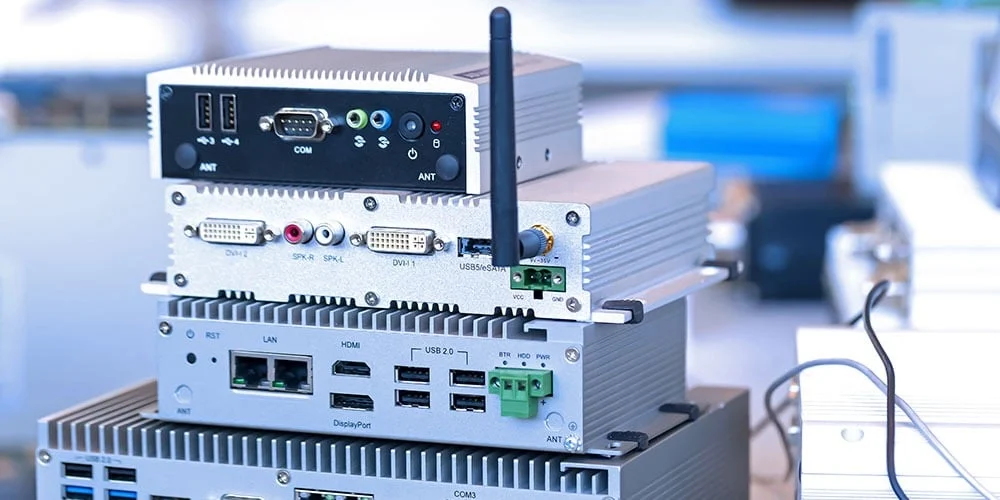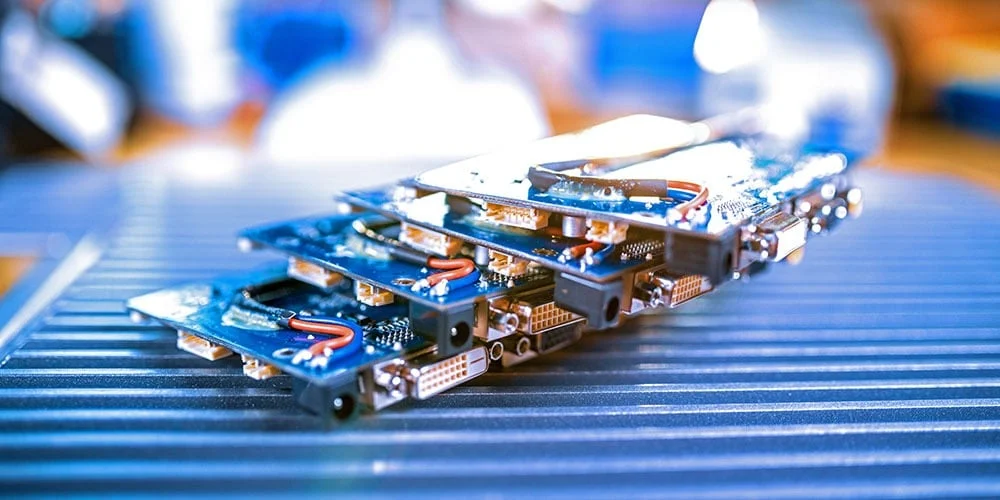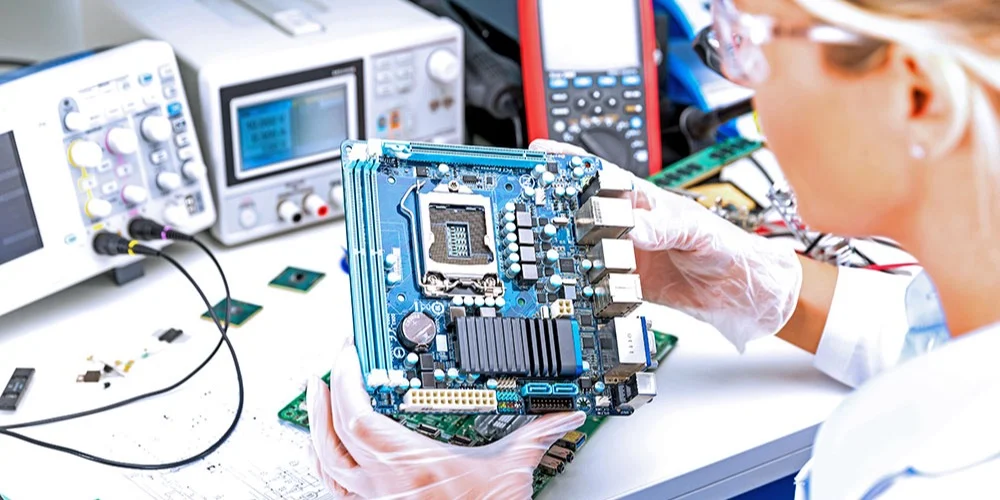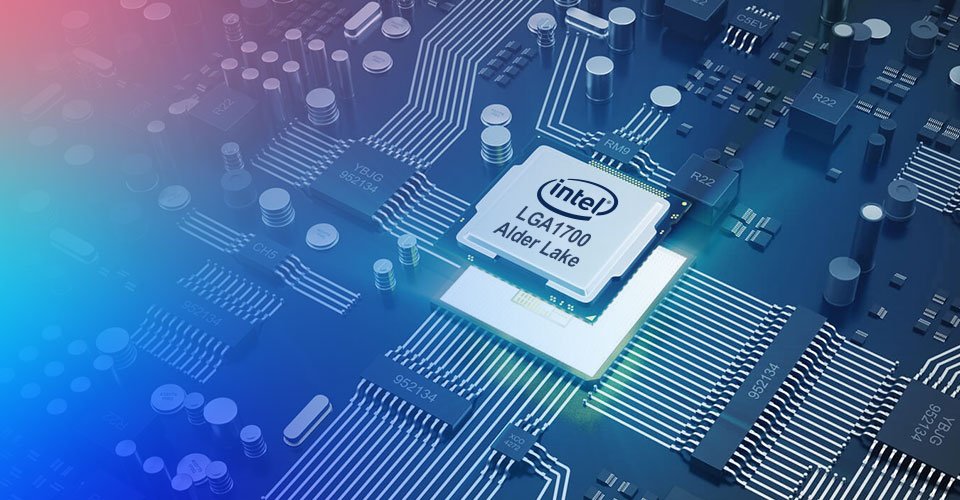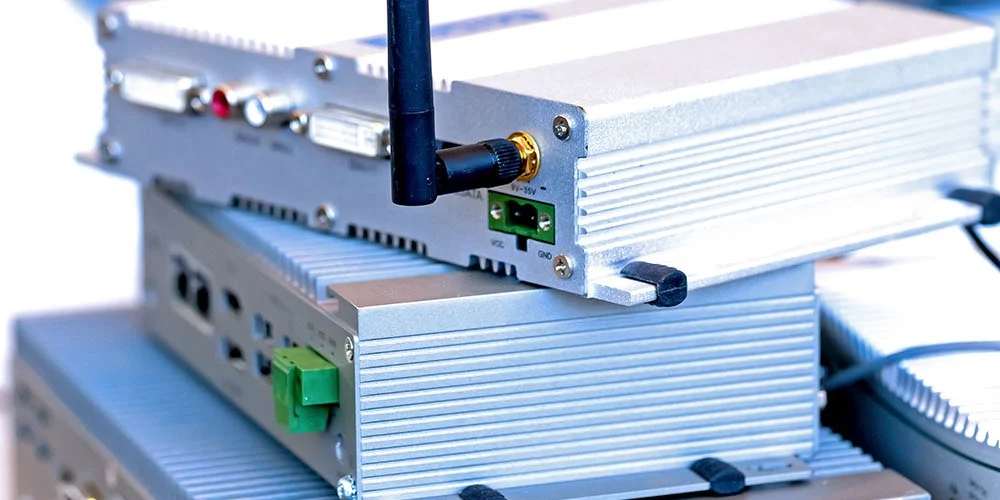As the demand for faster and more efficient high-performance computers increases, the dimensions of the form factors that contain them continue to decrease.
For years now, computer engineers have been assigned the challenging task of incorporating increasingly powerful computers into and onto increasingly smaller chassis and printed circuit boards (PCBs), mainly to satisfy a growing demand for more reliable, affordable, size-conscious, energy-efficient, and cost-effective computer systems.
It’s why we continue to see boundary-pushing size, weight, power, and cost (SWaP-C) developments within the world of embedded systems.
In this blog post, we’re diving into that very world.
We’ll talk about the basics of embedded systems, how they’re classified, how they work, how they compare to servers and workstations, and why you should consider a Trenton embedded computer for your next mission-critical deployment.

